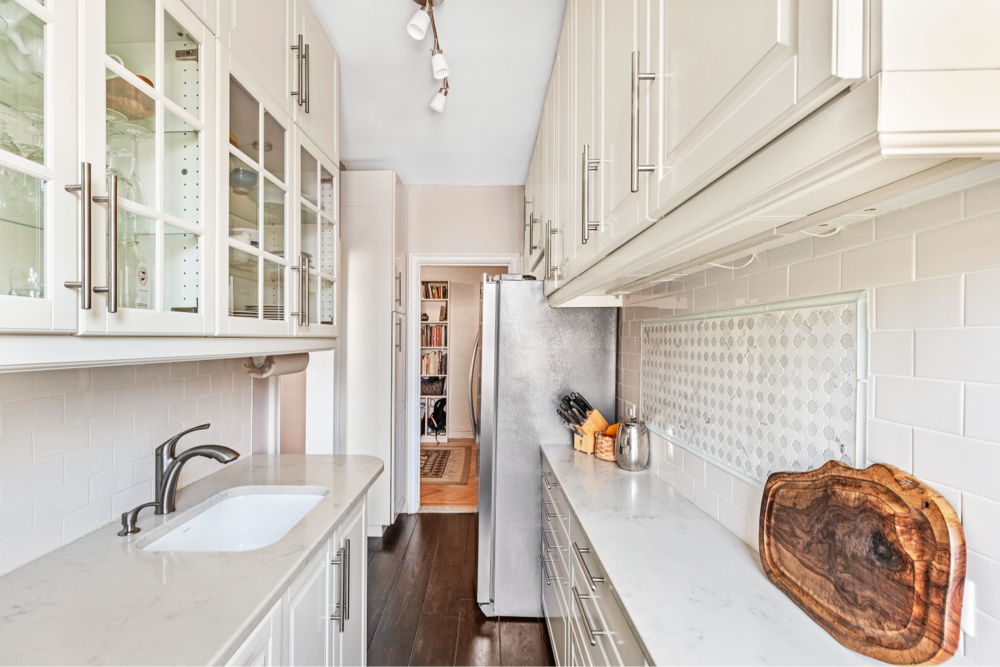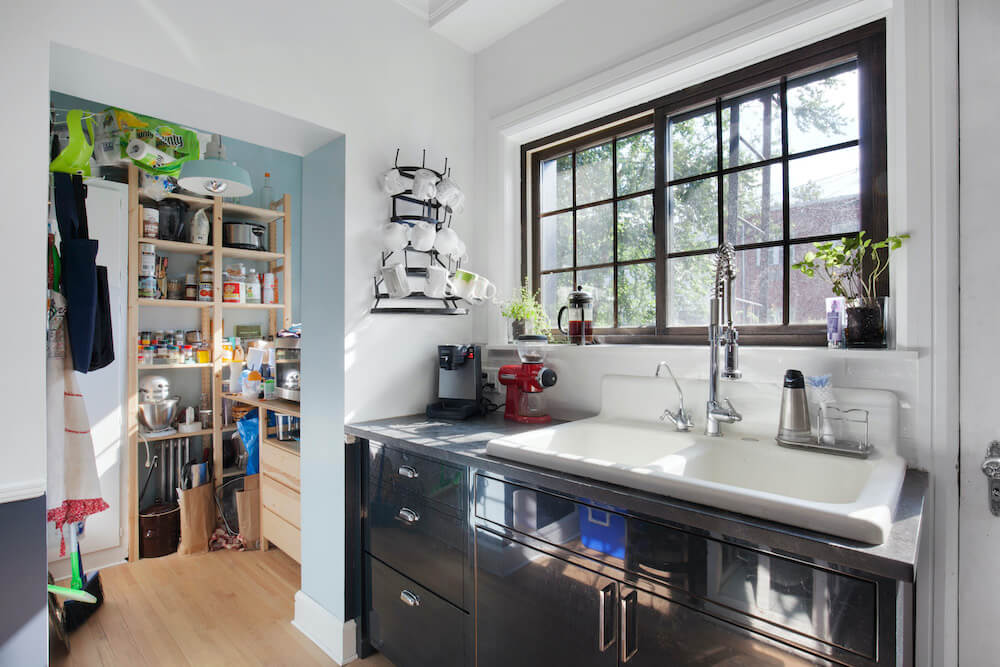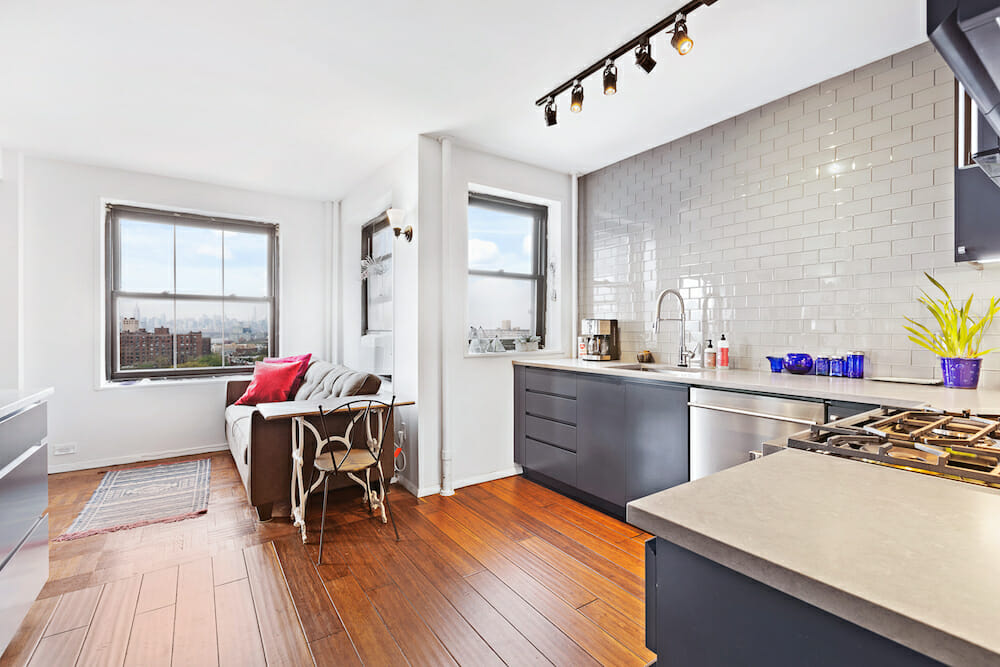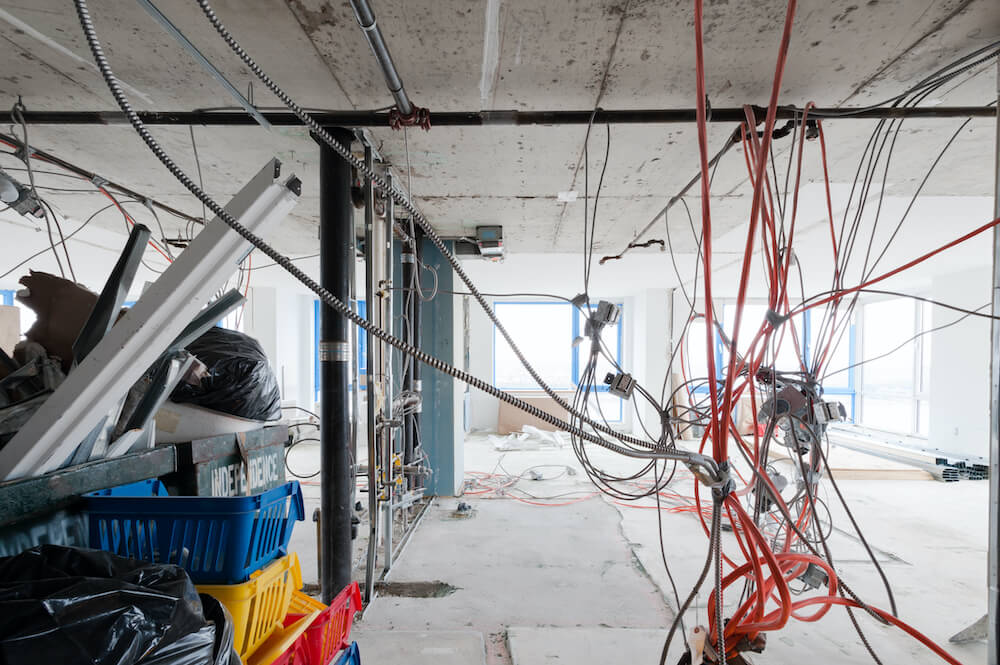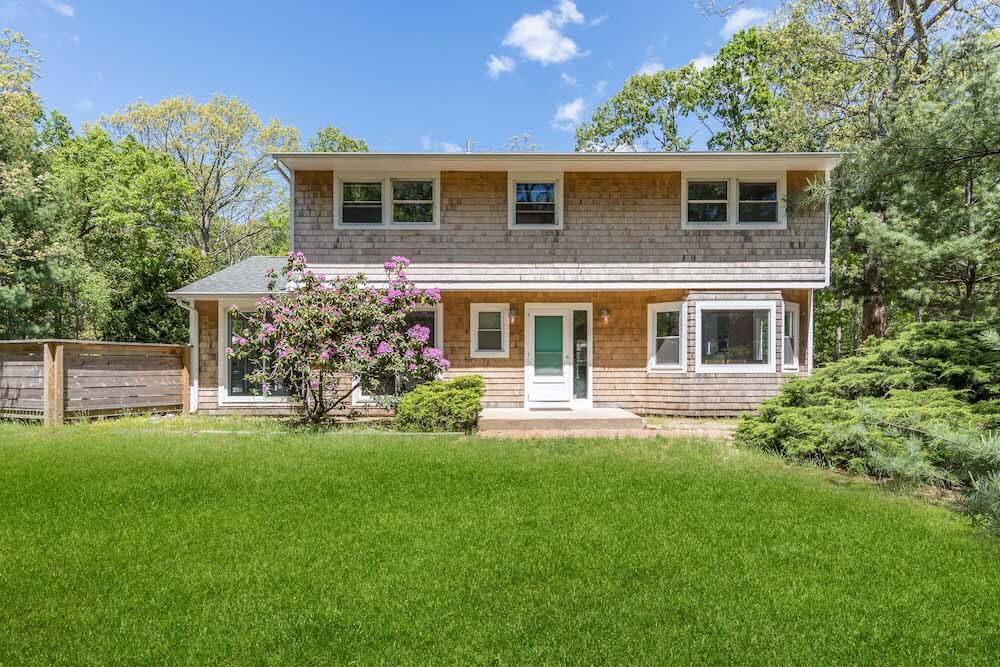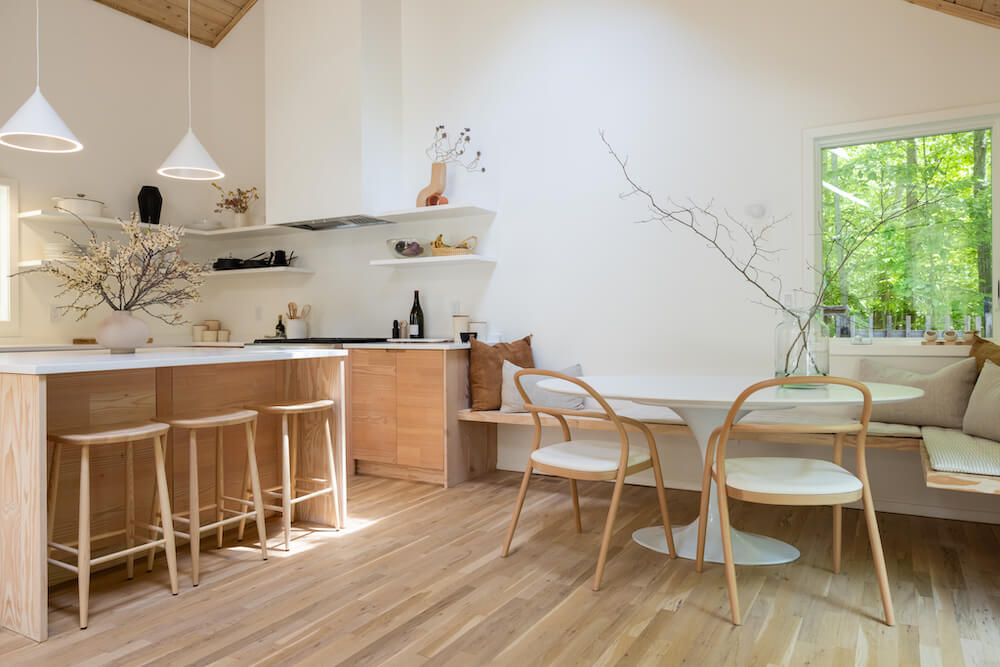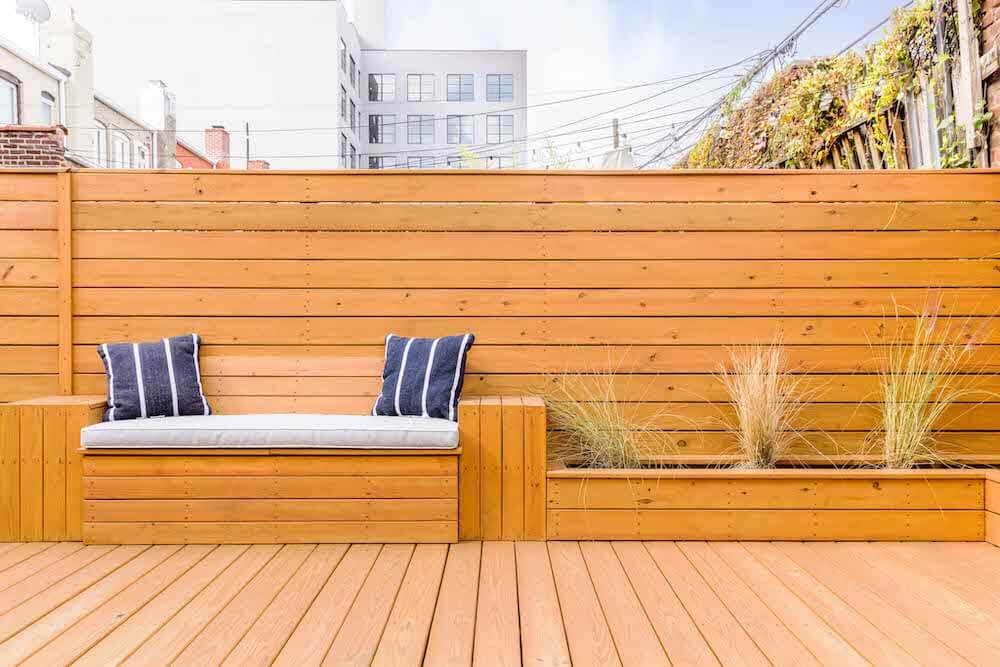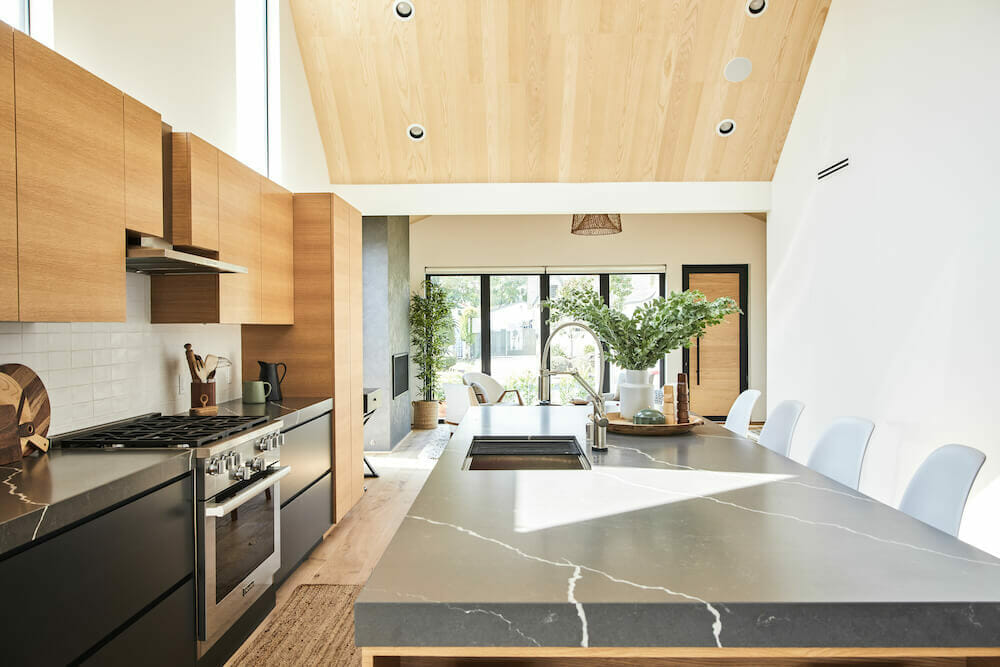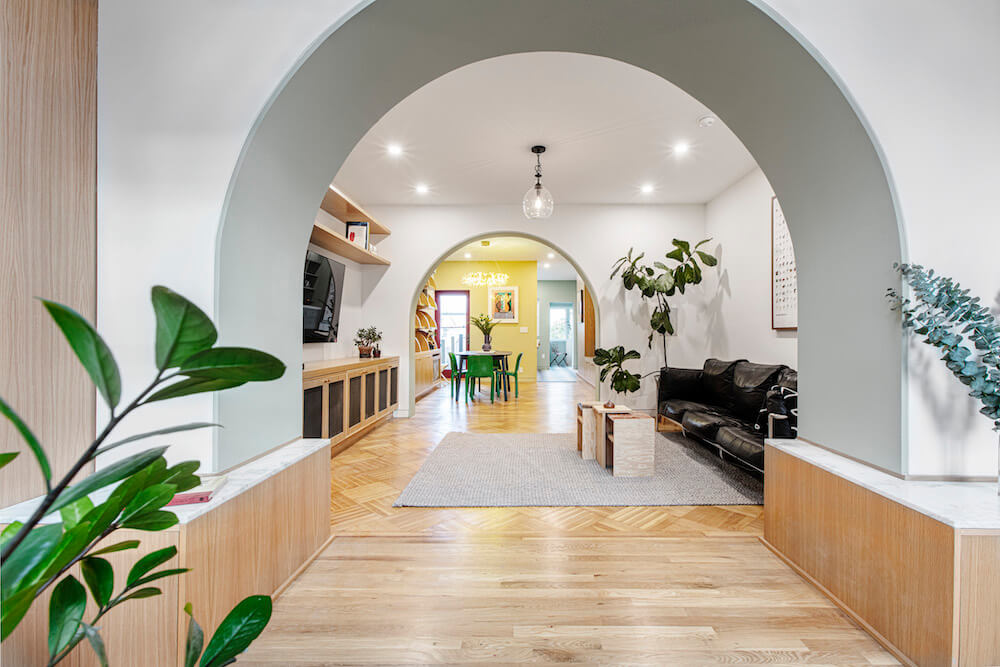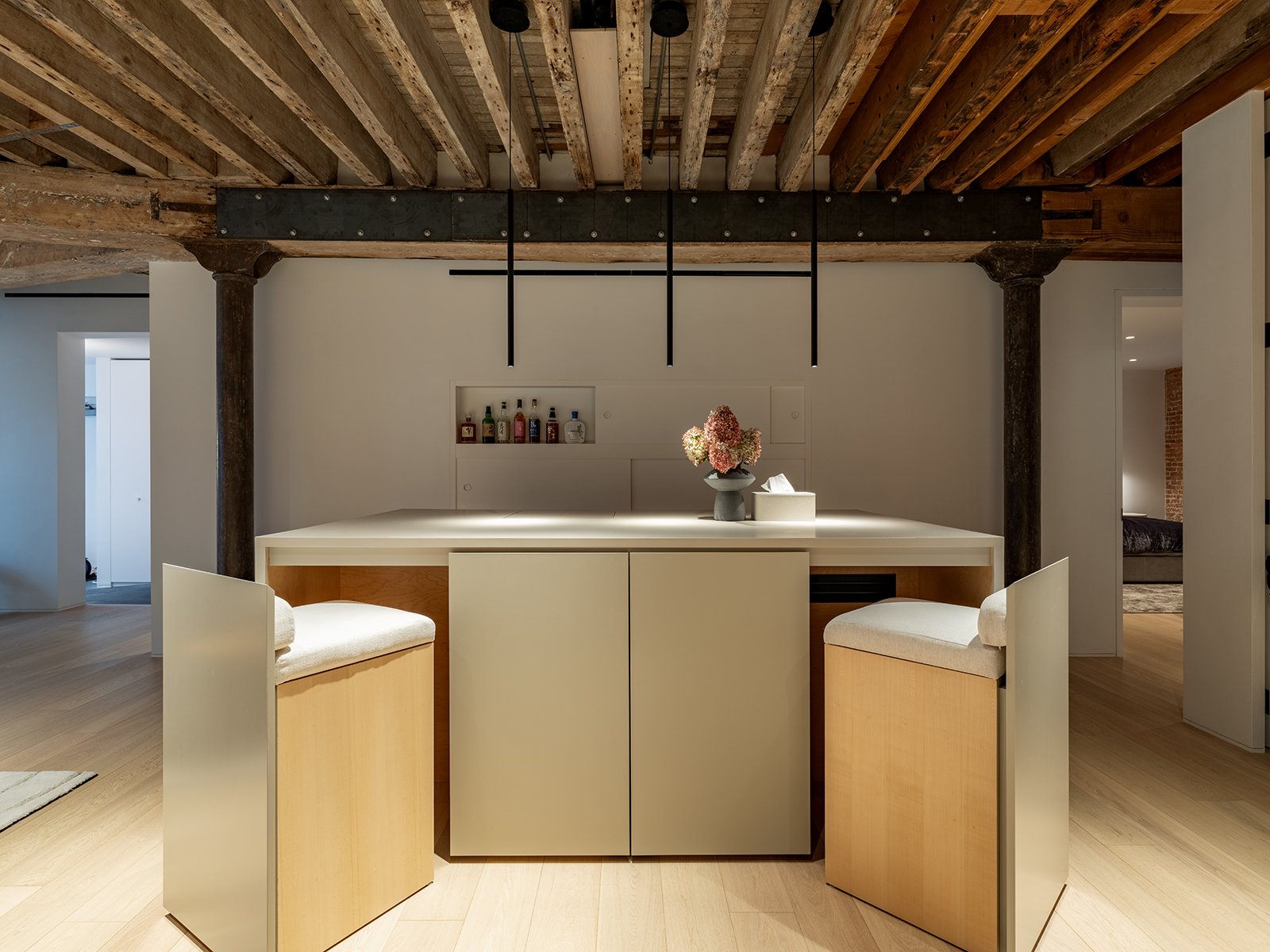Boston Budget Renovation: Breathe New Life into Your Old Home
Ever dreamed of owning a piece of history? Boston’s older homes offer a unique charm and character that you just can’t find in new construction. But renovating an older home can also come with its own set of challenges. In this guide, we’ll walk you through the process of renovating an older home in Boston on a budget, from finding affordable contractors to creating a realistic renovation plan. So whether you’re a seasoned DIYer or a first-time renovator, we’ll help you breathe new life into your old home without breaking the bank.
With a 250-year-old history, the Boston housing stock is flush in centuries-old buildings. Here, Colonial, Federal, and Victorian styles are among the many that enrich the residential landscape. While many exteriors tend to be well-preserved, interiors commonly need to be updated.
Sweeten offers an outline on what to know before starting older home renovations in Boston (plus, which rooms get the most bang for the buck!) Sweeten matches home renovation projects with vetted general contractors, offering guidance, tools, and support—for free..
Upgrading electrical in Boston homes
What makes us comfortable in our homes? What will most improve the layout and/or function? Before you start with the obvious, consider what’s not visible, but is still very impactful.
No matter what the scope of your remodeling is—the whole house or just a kitchen and/or baths—electrical service may need a boost. One 100 amp circuit box may not be enough. For a 2,000-square-foot home, 200 amps are optimal. It’s better to go bigger, allowing for add-ons in the future, since it’s more cost-effective. A professional electrical audit helps determine what needs upgrading (like adding GCFIs where there is water, in kitchens, baths, laundry rooms, for example).
Older home renovation “Must”: Bring the HVAC up to speed
Depending on the age of the heating and cooling systems, you may want to replace units for more efficiency. Newer systems have been designed to work better. Sizing is calculated according to square footage; sometimes two or more furnaces and air conditioners are needed. Make sure ducts are insulated. Zoning spaces also is smart, so that you can shut down areas of the house that may not be used all the time.
Note that AC units manufactured before 2010 contain Freon. That R-22 material has been banned by the EPA (as of this year) because it’s ozone-depleting. It’s still available, but much more costly. Eventually, those air conditioners will need to be retrofitted for a new refrigerant or replaced as supplies run out.
Hot water heaters generally have a shelf life of seven years. If you need to replace one, consider high-efficiency tankless heaters. They supply hot water on demand.
Improve window efficiency
Even the best HVAC system won’t work optimally if you have leaky windows. Single-pane glass common in older homes often is a source of heat loss. Consider replacing windows with Energy Star-qualified ones. Options include all-wood, vinyl, aluminum-clad with wood inside, and fiberglass.
Features to look for:
• Low-E, or Low-Emissivity, with metallic coatings that allow windows to reflect rather than absorb heat
• Double or triple panes
• Gas-filled (argon or krypton gas) between glazed layers to improve heat insulation and slow heat transfer Sweeten brings homeowners an exceptional renovation experience by personally matching trusted general contractors to your project, while offering expert guidance and support—at no cost to you. Renovate to live, Sweeten to thrive!
Allow for contingencies
“We try to work within a budget,” says Sweeten general contractor Jeff based in Boston. “But once you start tearing things apart,” he adds, “you might uncover underlying structural issues like a sagging ceiling or a sloping floor.” Jeff recommends setting aside at least 10% of your budget for unexpected costs.
Boston-based general contractor Peter has encountered numerous challenges when renovating historic buildings in the city. “Many structures in Downtown, South End, and Back Bay neighborhoods are built on wooden piles,” he explains. “Due to local regulations, you must install rainwater discharge systems to prevent the piles from rotting when exposed to oxygen.“
Preserve the best elements of your older Boston home
One of the greatest advantages of owning an older home is the opportunity to preserve its original features. Hardwood floors, crown moldings, and built-in cabinets can add warmth and character to your space. If these elements are in good condition, it’s often more cost-effective to restore them rather than replace them entirely.
For example, lifting up wall-to-wall carpeting might reveal beautiful hardwood floors hidden beneath. You can restore these floors by sanding out tack holes and refinishing them. If the floors are yellowed, sanding can help to brighten them. Consider staining the floors or leaving them natural and sealing them with a non-yellowing polyurethane.
Additionally, repurposing existing elements like kitchen cabinets can save you significant costs. For instance, a kitchen cabinet could be transformed into a linen closet.
Make a master plan
Once you’ve addressed electrical and mechanical updates, you can turn your attention to room remodels. Prioritize your “must-haves” and “nice-to-haves” to create a clear vision for your project. Sweeten offers a renovation cost guide for Boston interiors to help you get started.
To keep costs down, consider maintaining the existing floor plan. Remember to allocate an additional 10% of your budget for contingencies. Don’t forget to factor in the cost of permits and dumpsters to ensure a smooth renovation process.
At Sweeten, we’re experts at all things general contractors — we pre-screen them for our network, carefully select the best ones for your remodeling project, and work closely with hundreds of general contractors every day. So, we’ve tapped our internal expertise to bring you this guide.
The kitchen: the hub of the historic (and modern) home
For most, remodeling the kitchen is the biggest game-changer. It’s at the core of today’s living—no matter what your lifestyle. For those who love entertaining, it’s even more pivotal.
The price tag for a kitchen remodel, of course, is affected by materials and appliance choices. You may want to splurge on a dual fuel range and choose a more modest dishwasher or refrigerator. Once you start comparing prices, you can play the balancing act. Decide what’s most important for your lifestyle. Ultimately, there are a few key kitchen renovations you can do (on a budget!) for an older home in Boston.
Choosing appliances
Communication is critical, particularly in kitchen re-design. Contractor Jeff says that always involves prioritizing. “I am honest,” he says, about helping to choose appliances. “It’s about balancing the budget.” So he might discourage a very high end brand refrigerator, especially if resale is an ultimate goal. “You won’t get your money back if you’re going to sell,” he says.
Cabinetry and countertops
The choice of countertop and cabinetry materials can reduce line item cots. “You can go to a lesser expensive quartz,” says contractor Peter. “And there’s a lot of frameless off-the-shelf cabinets that look nice. These might even have soft-close features. These days, many prefer clean cut, straight lines.”
If the cabinets are in good shape, they may be candidates for a new stain or paint. Replacing the fronts with simple shaker-style wood panels is an easy facelift. New hardware also can raise the style quotient. For some, storage may be an issue. Reconfiguring interiors with slide-out shelves or adding deep drawers for cookware are one answer.
Adding or extending an island also may improve its efficiency. The additional surface extends prep and eating space. Then, you can build in more storage below it.
Keeping or moving plumbing
In a minimal remodel, it’s more cost-efficient to keep the plumbing in place. Re-piping or relocating pipes for remodeling adds between $5,400 and $7,000 (based on 1,500 square feet). Amping up the supply line from the main sewer to your home will assure a good flow of water throughout the home. If your water pressure needs help, ask your contractor whether a booster might work. Obviously, an overall kitchen and bath plan for plumbing is ideal. Also be sure plumbers check for lead in pipes, valves, or faucets.
Create a functional layout for your older home
Floor plans in older homes may not work for today. Some are too small or have chopped up rooms. An addition may not be in your budget, but it may be possible to borrow space. Look at closets, small rooms, hallways, even a sunroom or porch. There may be enough space for a breakfast room. Creating a new layout may even net a family or a bedroom.
A powder room on the first floor is a must-have today. It also can provide a canvas for instant style. Since it doesn’t require a large footprint, you probably can find the square footage. Some have even tucked powder rooms under back stairs. Without a shower or tub, a powder room is less expensive than a bath. So you might feel more comfortable splurging on some materials.
Refreshing a master bath
A spa bath may be on your wish list but not in your budget. Still, there’s a lot you can do to get a more modern look. Replace the fixtures. Get a new vanity. Install light sconces as well as an overhead chandelier. You can give it all a luxury look with porcelain tile instead of marble or limestone. There are so many stone lookalikes at a fraction of the cost. A mid-range bath remodel recoups close to 59 percent of the job cost.
“Try to create as much space as you can,” says Sweeten contractor Peter. “A tub takes up a lot of space. We often install showers instead.”
Both Sweeten contractors say that rain showers are high on Bostonians’ lists, and there’s a large enough price range to suit most budgets.
Even modest renovations to an older Boston home can be transformative! You’ll certainly realize there’s an upside: the more you live in your home, the more you’ll see its full potential with future renovation projects.
We can help plan your renovation
Find endless home renovation inspiration, detailed guides, and practical cost breakdowns from our blogs. You can also post your project on Sweeten today and get matched with our vetted general contractors and get estimates for free!

